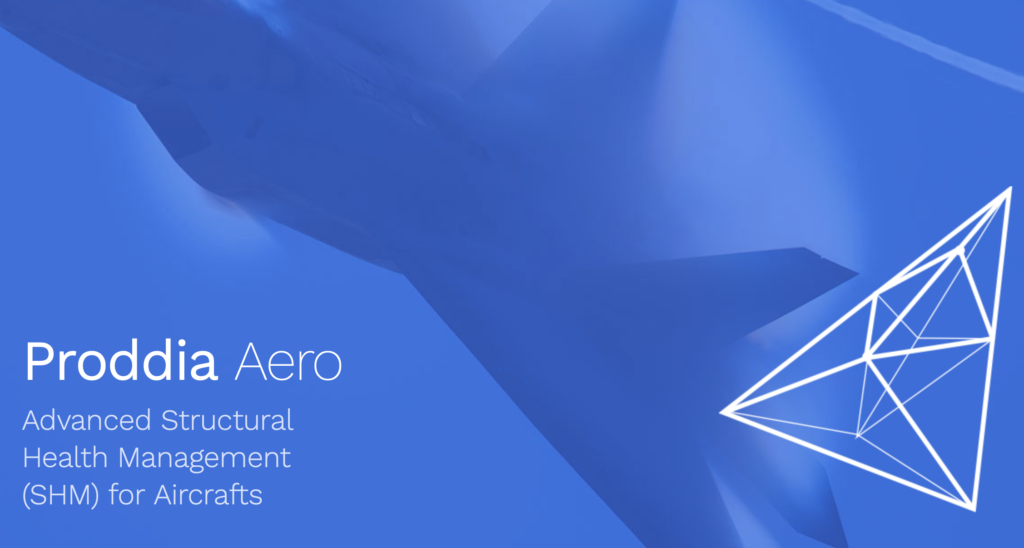Since their inception more than 25 years ago, health and usage monitoring systems (HUMS) have expanded from oil and gas rotorcraft to military helicopters, fixed-wing aircraft, drones, and business jets. HUMS systems not only monitor the health of vibrating and spinning parts but record the operational setting of events and provide data for trend analysis and condition-based maintenance (CBM).
Basic rotary-wing HUMS systems collect and record vibration data from sensors on high criticality areas such as the rotors, engines, gearboxes, and drive shafts. They use thresholds based upon a few basic characteristics to determine whether the aircraft needs maintenance or can fly. But vibration analysis, alone, provides an insufficient snapshot of aircraft condition, although vibration systems can detect a gross defect a few flight hours before a component is about to break and thus contribute to safety. In fact, HUMS systems provide an ongoing stream of data that can be used to determine the health of a system and its underlying components.
Evidence also suggests that HUMS has contributed to increased overall structural health, since normally, the total number of work orders related to structural cracking seems to have gone down. That’s associated with a reduced vibratory signature of the aircraft. The reasoning is that, because HUMS allows the rotors to be balanced to tighter tolerances and because the systems are monitored more regularly than had been possible in the past, structural wear and tear has been reduced.
Today HUMS is really a maintenance tool and digital architectures help reduce the weight and cost of HUMS systems while allowing the systems to dramatically increase the amount of data that is monitored and recorded. However, digital systems can limit the type of data available because data on the bus might be pre-filtered information, as opposed to the raw sensor data.
It is known that HUMS technology reduces mission aborts by 30 percent, maintenance test flights by 20 percent and scheduled maintenance by 5 percent to 10 percent.
The next big step for HUMS that Everyone’s clamouring is structural health monitoring. Stratosphere SA. is the leading company on SHM systems enabling the interconnection of conventional HUMS with SHM technology.
.
Stratosphere S.A. is in the forefront of advanced diagnostics and prognostics technologies for SHM and HUMS.
Stratosphere S.A. is a global provider of integrated health management solutions.
bizdev@stratosphere-tech.com


